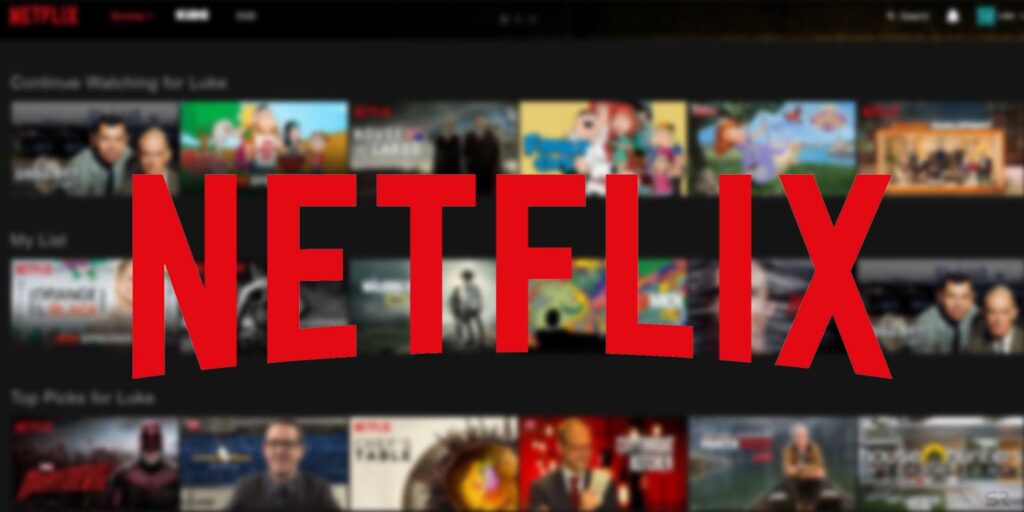A new order brings online content providers such as Netflix under the Information and Broadcasting ministry.
Netflix, Amazon Prime Video, and Disney+ Hotstar are now going to be under regulation by the government. The Ministry of Information and Broadcasting now has jurisdiction over online content providers (such as the aforementioned three streaming services) and online news platforms, a cabinet secretariat notification dated Monday states. Until now, there was no government body that regulated the content of digital media platforms, and this is something that the Information and Broadcasting Minister has previously said was required.

The new government rule became the reason
The central government will monitor the OTT platform-based digital entertainment industry like Netflix, Disney+ Hotstar, Prime Video. A decision has been taken by the Central Government in this matter. In this case, online movies and web series will come under the Ministry of Information and Broadcasting. This was decided in the cabinet meeting held last week.
Anticipating the government’s intervention, in January 2019, eight video streaming services had signed a self-regulatory code that laid down a set of guiding principles for content on these platforms.

The code adopted by the OTTs prohibited five types of content. This includes content that deliberately and maliciously disrespects the national emblem or national flag, any visual or story line that promotes child pornography, any content that “maliciously” intends to outrage religious sentiments, content that “deliberately and maliciously” promotes or encourages terrorism and, lastly, any content that has been banned for exhibition or distribution by law or court.
The government had refused to support this code.
At present, the Press Council of India regulates the print media, the News Broadcasters Association (NBA) represents the news channels, the Advertising Standards Council of India regulates advertising, while the Central Board of Film Certification (CBFC) monitors films.
Mr. Javadekar did not speak on the issue or explain the implications of such an order. The Ministry has also remained tight-lipped on exactly what is in store for digital news media and OTT platforms. An official from one of the leading OTT platforms said that it was too early to comment since there was no clarity from the government on what this notification would finally lead to.
Founding editor of news portal The Wire, M. K. Venu, said the government had been giving enough hints from time to time that it wanted to regulate digital media but the exact nature of the regulation it wanted to bring was not clear. “There is no clarity on what they mean by digital media. The government talks about digital media and digital aggregators in the same breath but they are different things. Are they looking at licensing, are they looking at entry barriers, or are they looking at curbing digital media? We still don’t know,” Mr. Venu said.

What will be the effect
After the government order, OTT platforms such as Netflix, Amazon Prime Video will not be able to release movies and web series directly. The OTT platform like Netflix, Disney+ Hotstar, Prime Video, like Bollywood films, needs permission from the government before its release. Meaning the government will issue an Objection Certificate. Only then will the films be released.
Also, the grading of films can be done by the government. Which age people will be able to watch which film. Its scale can be set. Apart from this, if the government wishes, it will be able to remove objectionable scenes. It can also act as a sensor board. Explain that till now there was no rule or rule regulation for the OTT platform.
The OTT platform market in India is quite large. According to an estimate, the market size of the OTT platform Netflix, Disney+ Hotstar, Prime Video in India till the end of March 2019 was around 500 crores. However, it is estimated that by 2025 the OTT Netflix, Disney+ Hotstar, Prime Video platform business in India could grow to Rs 4000 crore. According to the report, till the end of 2019, there were about 17 crore OTT platforms in India.
